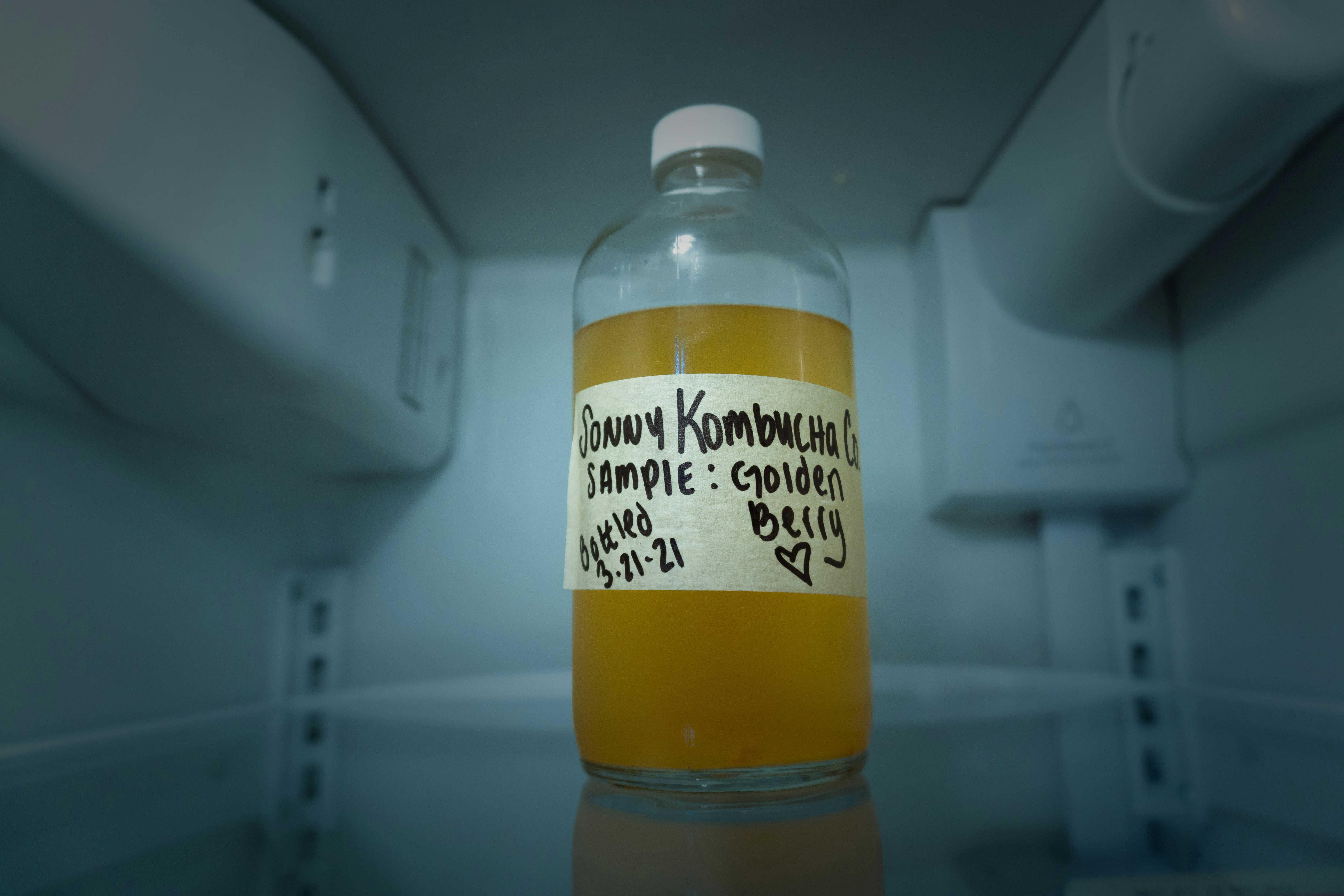Have you ever wondered how to balance optimal health with the dietary restrictions of low-oxalate living? Finding the right path can feel overwhelming, but what if you could biohack your way to better health while keeping your oxalate intake in check? In this article, you’ll uncover some insightful strategies you can adopt to align your lifestyle with low-oxalate living. Let’s dig into it!
Understanding Oxalates: The Basics
Oxalates are naturally occurring compounds found in a variety of foods. They can bind with calcium in the gut, potentially leading to the formation of kidney stones or other health issues for those sensitive to them. It’s important to educate yourself about what foods are high in oxalates and which ones are safer to consume.
You might be surprised to learn that not just leafy greens and fruits carry oxalates. Some foods that you commonly think of as healthy, like certain nuts, chocolates, and grains, can also be major culprits.
High-Oxalate Foods to Watch Out For
As you navigate the world of low-oxalate living, keeping track of foods high in these compounds can be a game changer. Here’s a list of some top offenders:
| Food Item | Oxalate Content (mg per 100g) |
|---|---|
| Spinach | 970 |
| Rhubarb | 860 |
| Beets | 150 |
| Swiss Chard | 760 |
| Almonds | 475 |
| Dark Chocolate | 180 |
| Cashews | 46 |
| Potato Crisps | 24 |
| Tea (black) | 60 |
| Soy Products (tofu, soy milk) | 15-90 |
Knowing what to steer clear of can help you make informed decisions about your meals.
Low-Oxalate Foods to Embrace
The good news is there are plenty of delicious low-oxalate foods you can enjoy. Here’s a handy list:
| Food Item | Nutritional Benefits |
|---|---|
| Carrots | Rich in beta carotene, good for eye health |
| Cucumbers | Hydrating, low in calories |
| Cauliflower | Great source of vitamin C |
| Chicken | Lean protein, versatile option |
| Fish | Omega-3 fatty acids, heart health |
| Eggs | Nutrient-dense, protein source |
| White Rice | Easy to digest, gluten-free |
Remember, food is not just about restriction; it’s also about nourishment. Stocking your kitchen with low-oxalate foods can keep your diet colorful and satisfying.
Biohacking Your Diet for Low-Oxalate Living
Biohacking isn’t just about high-tech gadgets and extreme diets. At its core, it’s about enhancing your body’s performance in a way that fits your personal lifestyle. When it comes to low-oxalate living, there’s plenty you can do with food selection, meal preparation, and even your overall mindset around eating.
Meal Prepping for Success
Meal prep is a simple yet effective way to ensure you remain consistent in your low-oxalate diet. When you prepare your meals in advance, it reduces the temptation to grab something quick that might be high in oxalates.
Consider dedicating some time each week to plan and prepare your meals. Opt for simple recipes that focus on low-oxalate ingredients.
- Sunday Cooking Session: Choose a few low-oxalate recipes, prepare them in bulk, and store them in portioned containers for the upcoming week.
- Smoothie Packs: Create low-oxalate smoothie packs with kale or spinach, ripe bananas, and coconut milk. Just blend with ice when you’re ready for a quick breakfast.
Strategic Eating: The Right Combinations
Sometimes the way you combine foods can affect how your body absorbs oxalates. Here are a few tips to keep in mind:
-
Pair Calcium with Oxalates: Calcium can bind with oxalates in your gut. Enjoying a low-oxalate meal with a good source of calcium can potentially help reduce the negative effects. For example, pair your roasted chicken with a side of low-oxalate veggies, topped with cheese.
-
Avoid Excessive Vitamin C: While Vitamin C is helpful, excessive amounts can convert to oxalates in your body. Try to keep your supplementation within recommended limits and instead focus on whole foods.
-
Mind your grains: Opt for white rice over brown, as brown rice contains higher levels of oxalates. Cooking grains thoroughly can help reduce their oxalate content as well.
Hydration Hacks
Staying hydrated is crucial, particularly when following a low-oxalate diet. Not only does proper hydration help your body process toxins more effectively, but it also promotes kidney health—essential for anyone concerned about oxalate levels.
-
Drink Plenty of Water: Aim for at least eight glasses of water daily. This can help dilute oxalate levels in your urine.
-
Add Electrolytes Mindfully: Adding a pinch of Himalayan salt or sipping an electrolyte drink can ensure you maintain optimal hydration levels, particularly if you’re active or in warmer climates.
-
Citrus Water: Consider drinking lemon or lime-infused water. Organic acids in citrus can help reduce kidney stone formation.
Internalizing the Mindset Shift
Adjustments to your diet can be challenging at first, especially when you’re trying to implement low-oxalate living. It’s important to remember how beneficial these changes can be for your overall health.
Embracing Movement
When you shift your diet, don’t forget about the physical aspect of biohacking. Regular movement has myriad benefits, from improved mood to better digestion.
-
Find Activities You Love: Whether it’s yoga, running, or dancing, do what feels good for you. The more you enjoy it, the more likely you’ll stick with it.
-
Short Bursts of Activity: If committing to a long workout feels daunting, try short bursts of exercise throughout the day. A brisk 10-minute walk can increase your overall energy and improve mood.
Mindful Eating Practices
Incorporating mindfulness into your eating habits can enhance your relationship with food.
-
Slow Down: Take your time while eating. Chew thoroughly and enjoy the flavors of your food. This not only aids digestion but also keeps you more in tune with your hunger cues.
-
Gratitude for Your Food: Acknowledge the nourishment your food provides. Gratitude can elevate your meal experience and foster a positive mindset about your dietary choices.
Build Supportive Relationships
Surrounding yourself with others who understand or share your low-oxalate lifestyle can be incredibly helpful. Whether through online communities or local support groups, connecting with like-minded individuals can offer encouragement and accountability.
Innovate Your Snacks
Often, snacks derail even the best intentions when following a low-oxalate diet. The great news is there are plenty of satisfying options that can keep your cravings at bay without throwing you off course.
Satisfying Snack Ideas
| Snack | Description |
|---|---|
| Rice Cakes with Nut Butter | Light and crunchy; choose low-oxalate nut butters like macadamia. |
| Popcorn | Air-popped popcorn can be a fun and satisfying snack. |
| Greek Yogurt | Full of probiotics and protein; opt for plain, low-sugar options. |
| Vegetable Sticks | Carrot, celery, and bell pepper sticks with a dip like hummus made without high-oxalate ingredients. |
Getting creative with your snack choices can stave off hunger and prevent impulse eating.

Supplement Wisely
Biohacking sometimes includes strategic supplementation, especially if you’re making significant dietary changes. However, it is crucial to be mindful of the viewpoints around certain supplements, particularly as they relate to oxalates.
Essential Nutrients to Consider
-
Calcium: If you’re limiting dairy for low-oxalate living, speak to a healthcare provider about calcium supplements that won’t contribute to oxalate loads.
-
Omega-3 Fatty Acids: Fish oil is an excellent option if you’re not consuming enough fatty fish, which is low in oxalates. This supplement can support brain and heart health.
-
Probiotics: Gut health plays a vital role in overall well-being. Probiotics may help balance gut bacteria, assisting in the digestion of oxalates.
-
Vitamin D: Since absorption of calcium is influenced by vitamin D, consider having your levels checked and supplementing as necessary.

Thriving Long-Term
Low-oxalate living doesn’t have to feel like a punishment. With the right mindset and tools, you can thrive while reducing your intake of oxalates. It’s about finding balance, nourishment, and a vibrant approach to your health.
Staying Informed
The landscape of nutrition is constantly evolving. Keeping abreast of new research and findings can empower you in your low-oxalate journey.
-
Read Books and Articles: Look for resources authored by trusted nutritionists or healthcare experts who specifically address oxalate concerns.
-
Join Communities: Online forums or social media groups focused on low-oxalate living can provide ample resources, from recipes to lifestyle tips.
Celebrate Your Progress
Remember to acknowledge the milestones you reach, whether big or small. Every time you make a meal choice that aligns with your low-oxalate goal or successfully advocate for your dietary needs in social settings, give yourself credit. You’re working hard to prioritize your health, and you deserve to celebrate that journey.
Listen to Your Body
Lastly, learn to tune into your body’s signals. As you embrace low-oxalate living, notice how you feel physically and emotionally. Adapting your lifestyle is a personal journey, and only you can determine what truly works best for your health and well-being.
By integrating these biohacks into your daily life, you’re setting up a strong foundation that aligns with low-oxalate living while nourishing your body and mind. Prioritize your health and be consistent, and remember—you’re forging a path that can lead to optimal well-being. Embrace this transition as a positive shift toward a healthier you.




